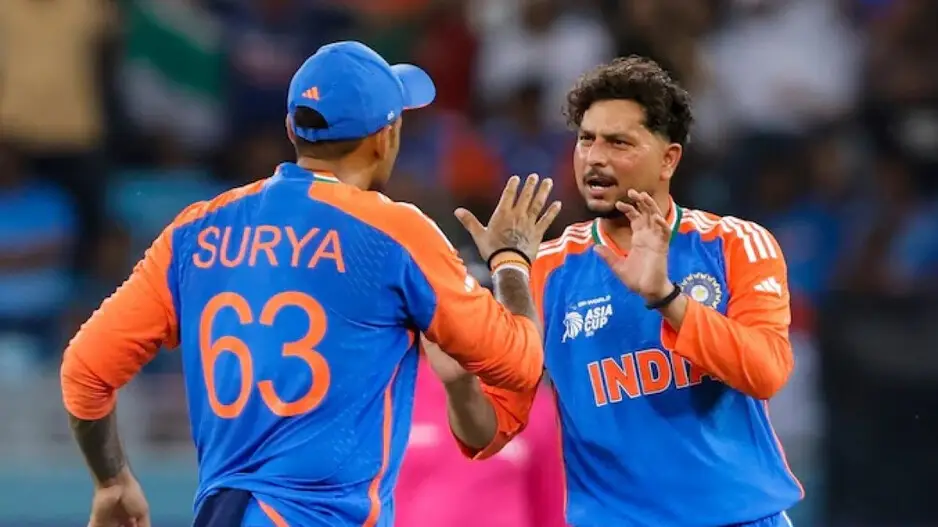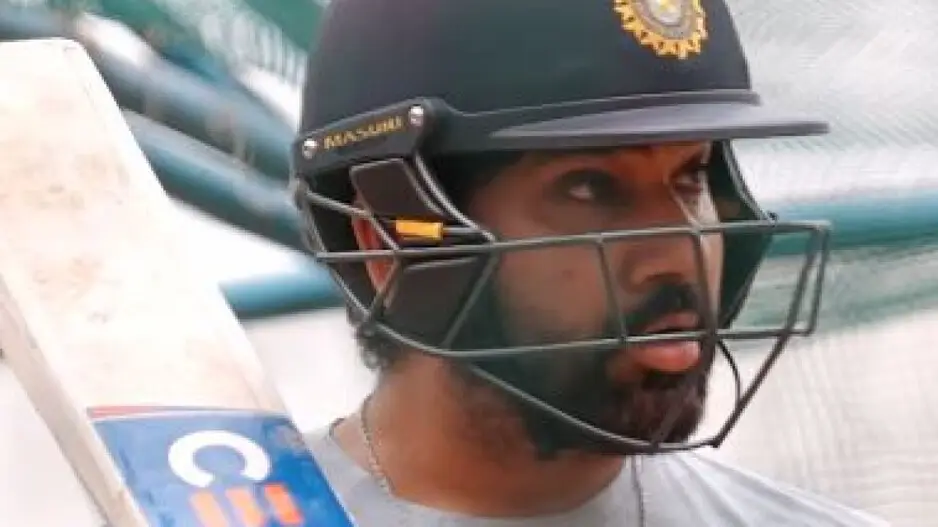/odishatv/media/post_attachments/uploadimage/library/16_9/16_9_0/recent_photo_1740315241.jpg)
India vs Pakistan
As another India vs Pakistan match approaches, the atmosphere surrounding it feels anything but celebratory. The nation remains deeply affected by the tragic and cowardly attacks in Pahalgam just five months ago. In such grim times, cricket understandably takes a backseat. Yet, due to relentless pressure from broadcasters, cricket boards, and other influential entities, the Asia Cup 2025 is set to feature the classic Indo-Pak showdown, in an effort to revive what was once the fiercest rivalry in world cricket.
However, given the current climate, Sunday’s much-anticipated contest is at risk of fading into obscurity, with public sentiment still raw and emotions intensely heightened. The cloud over this match extends beyond the Pahalgam tragedy—it is compounded by the aftermath, including Operation Sindoor and the cross-border air strikes that followed. The fact that all these events transpired less than six months ago adds to the sense of discomfort. Despite the Sports Ministry granting clearance for the fixture, don’t be surprised if the Dubai International Stadium sees large empty sections, TV ratings suffer, or if this ends up being the most muted India-Pakistan encounter in history. In short, brace for unpredictability.
The controversy has only intensified since April. Even though the Indian government allowed the match to go ahead, a petition seeking a boycott was filed in the Supreme Court—only to be dismissed. Meanwhile, Shahid Afridi has returned to his usual provocative style, making barbed remarks about Indian players. While some of his former teammates have shown respect toward India’s prospects in the Asia Cup, most prefer to remain silent.
There’s a broader narrative at play. India and Pakistan could face off up to three times in this tournament, with a fourth encounter likely at next year’s T20 World Cup in India. Yet, as the Asia Cup struggles to capture its usual excitement, this evolving dynamic threatens to undermine the tournament rather than boost it. Industry reports indicate that ticket sales have already plummeted, according to the Emirates Cricket Board, and certain social media accounts are deliberately avoiding coverage of the match. Meanwhile, the BCCI continues to face mounting pressure, despite acting in good faith.
Adding to the gloom is the absence of marquee players. With Virat Kohli, Rohit Sharma, Babar Azam, and Mohammad Rizwan all out of the picture, the match lacks the star power that typically fuels Indo-Pak showdowns. Jasprit Bumrah and Shaheen Afridi can only carry the narrative so far. This makes the situation even more disheartening—what could have been the platform for the next generation of Indo-Pak rivalry is instead clouded by past tragedies. Even more telling, the Indian team is currently without a sponsor, as no major brand wants to risk backlash by associating with a side playing Pakistan under such sensitive circumstances.
Tensions are palpable. The handshake between India’s Suryakumar Yadav and Pakistan’s Salman Agha has already stirred controversy. While reports suggest that off the field, SKY and Salman share amicable terms, including a meeting between Suryakumar and PCB chief Mohsin Naqvi, it has triggered widespread outrage online. Furthermore, during the Asia Cup press conference, commentator Sanjay Manjrekar tried to fan the flames, asking Suryakumar if he had a message for Pakistan. His measured and diplomatic reply managed to steer clear of controversy, but it serves as a reminder that players are far from policymakers—their duty is to the game, while the political tensions are managed elsewhere.
The usual fervor surrounding an India-Pakistan match is conspicuously absent. Historically, no matter the competition, an Indo-Pak encounter has been the showpiece attraction. An Asia Cup meeting between the two could normally eclipse even World Cup or Champions Trophy clashes in significance. But these are far from ordinary times. With bilateral series off the table, even facing Pakistan in a multi-nation tournament raises uncomfortable questions.
/odishatv/media/agency_attachments/2025/07/18/2025-07-18t114635091z-640x480-otv-eng-sukant-rout-1-2025-07-18-17-16-35.png)




/odishatv/media/media_files/2025/09/22/advertise-with-us-2025-09-22-12-54-26.jpeg)